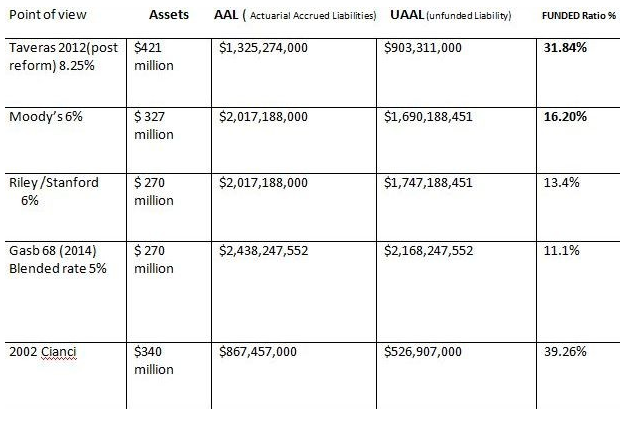The Illinois Teachers’ Retirement System announced over the weekend its investments had returned over 17 percent in fiscal year 2013-14.
As a result, the system’s funding ratio improved – climbing from 42.5 percent to 44.2 percent.
But unfunded liabilities grew, as well.
From Reuters:
The funded ratio for Illinois’ biggest public worker pension fund improved slightly in fiscal 2014 due to strong investment returns, but the system still ranks among the worst funded major retirement systems, the Teachers’ Retirement System (TRS) said on Friday.
The system for teachers and other school workers outside of the Chicago Public Schools reported that its funded ratio rose to 44.2 percent in the fiscal year that ended June 30 from 42.5 percent. While that marked the first improvement since fiscal 2006, the funded ratio remains far below the 80 percent level considered healthy.
“An improved funded ratio is always good news, but it doesn’t mean by any means that the financial problems at TRS have been solved. We cannot invest our way out of this problem,” TRS Executive Director Dick Ingram said in a statement.
The retirement system said its investment rate of return was 17.4 percent, net of fees. But its unfunded liability grew by 10.51 percent from $55.73 billion at the end of fiscal 2013 to $61.59 billion.
“TRS members still face a fiscal day of reckoning in the future unless a dramatic improvement is seen over time in the funded status,” Ingram said.
TRS manages $45.3 billion in assets for its nearly 400,000 members.

